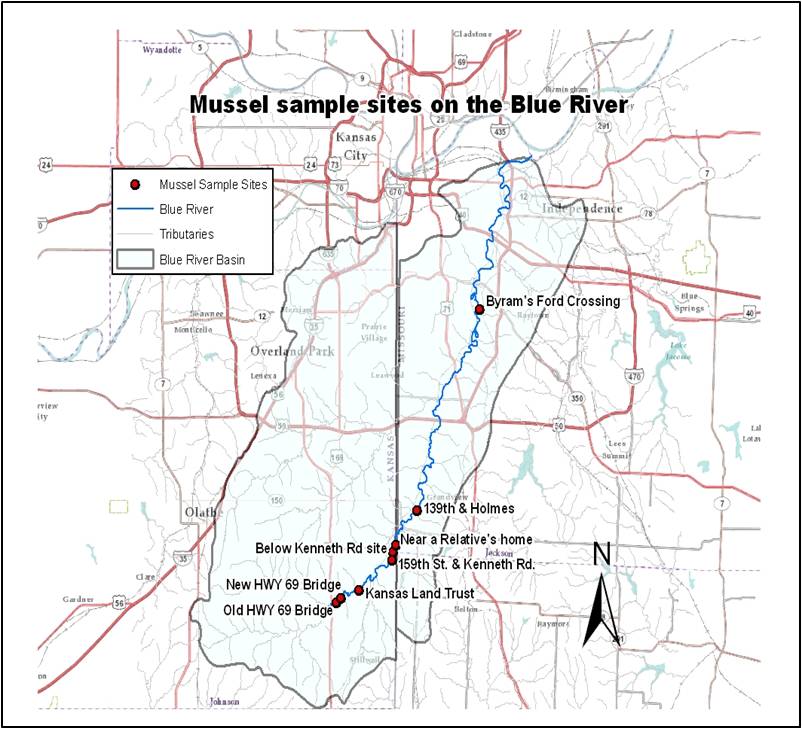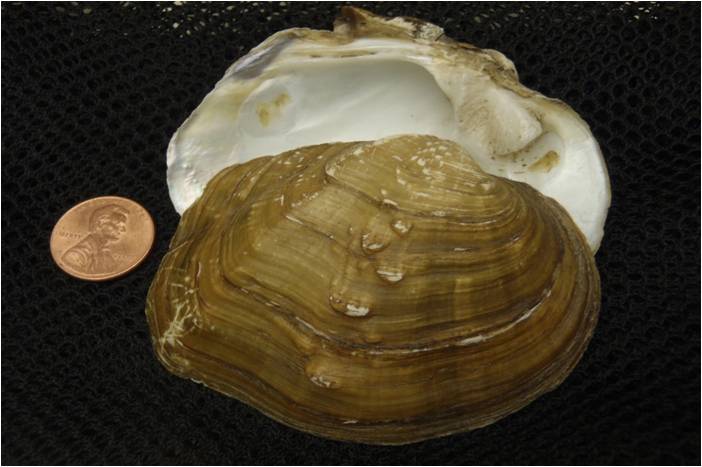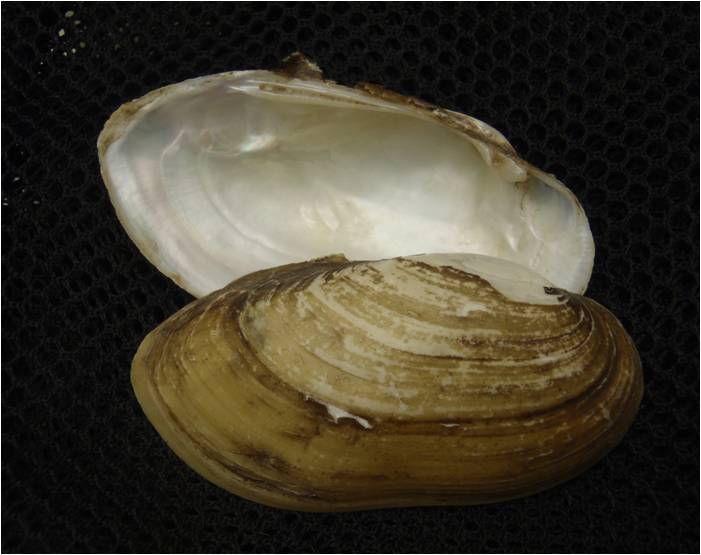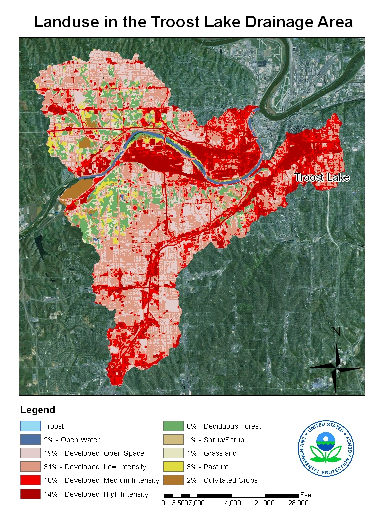The Foundation Has Been Laid: Helping the Community That Made Me Who I Am
By Stanley Walker
 In 1969, I first walked up the steps to Horace Mann Elementary School in Kansas City, Mo. The steps were strong, sturdy, and built on a foundation of community, love, and support. I was so excited to be able to go to school like the other kids in the neighborhood, more importantly being able to walk with my older brother and sister. It was a great feeling. At five years old, I felt like I was finally growing up by being able to walk up those steps and enter the school as a real Horace Mann student.
In 1969, I first walked up the steps to Horace Mann Elementary School in Kansas City, Mo. The steps were strong, sturdy, and built on a foundation of community, love, and support. I was so excited to be able to go to school like the other kids in the neighborhood, more importantly being able to walk with my older brother and sister. It was a great feeling. At five years old, I felt like I was finally growing up by being able to walk up those steps and enter the school as a real Horace Mann student.
For the next eight years, I would be in a learning environment filled with knowledge, wisdom, and street smarts. Day in and day out, I would be in the presence of the best teachers, smartest students, and of course, some of the greatest athletes in the area.
On Sept. 23, 2015, I had the opportunity to walk up the steps of hope again. However, it was under different circumstances. The Environmental Protection Agency was awarding Kansas City, Mo., a grant to help communities such as the Ivanhoe Neighborhood revitalize that area.
Although the school has been torn down, the bricks have been saved and are being reused on the site. Saving the bricks serves as another symbol for me. The bricks have endured strong winds, blisteringly hot summers, and bitterly cold winters. Like the bricks, many folks in the community have endured the various seasons of life. You can sometimes see the chips and scars left by the seasons on the faces of the community. However, the strength for the community to get up one more time from the poverty, urban flight, crime, and neglect reminds me how Evander Holyfield stormed back after taking a vicious punch from Riddick Bowe. I watch the community get back on its feet before the count of 10 with the addition of the Aldi’s store on 39th and Prospect, and the duplexes being built to replace the school.
While at the celebration, someone  found a piece of an old chalkboard. It evoked memories of being able to go up to the board and work a problem in front of my class, which was a real honor. For almost 50 years, there were a couple of pillars like Mrs. Margaret May who kept the foundation strong and pieced it back together when it began to crumble. As I stood next to her on that September day, I could not thank her enough for preserving the foundation of a strong community. Much of who I was, who I am, and who I will become will still come back to the foundation built by Horace Mann Elementary School.
found a piece of an old chalkboard. It evoked memories of being able to go up to the board and work a problem in front of my class, which was a real honor. For almost 50 years, there were a couple of pillars like Mrs. Margaret May who kept the foundation strong and pieced it back together when it began to crumble. As I stood next to her on that September day, I could not thank her enough for preserving the foundation of a strong community. Much of who I was, who I am, and who I will become will still come back to the foundation built by Horace Mann Elementary School.
About the Author: Stanley Walker manages the Superfund Technical Assistance and Reuse Branch at EPA Region 7.


























